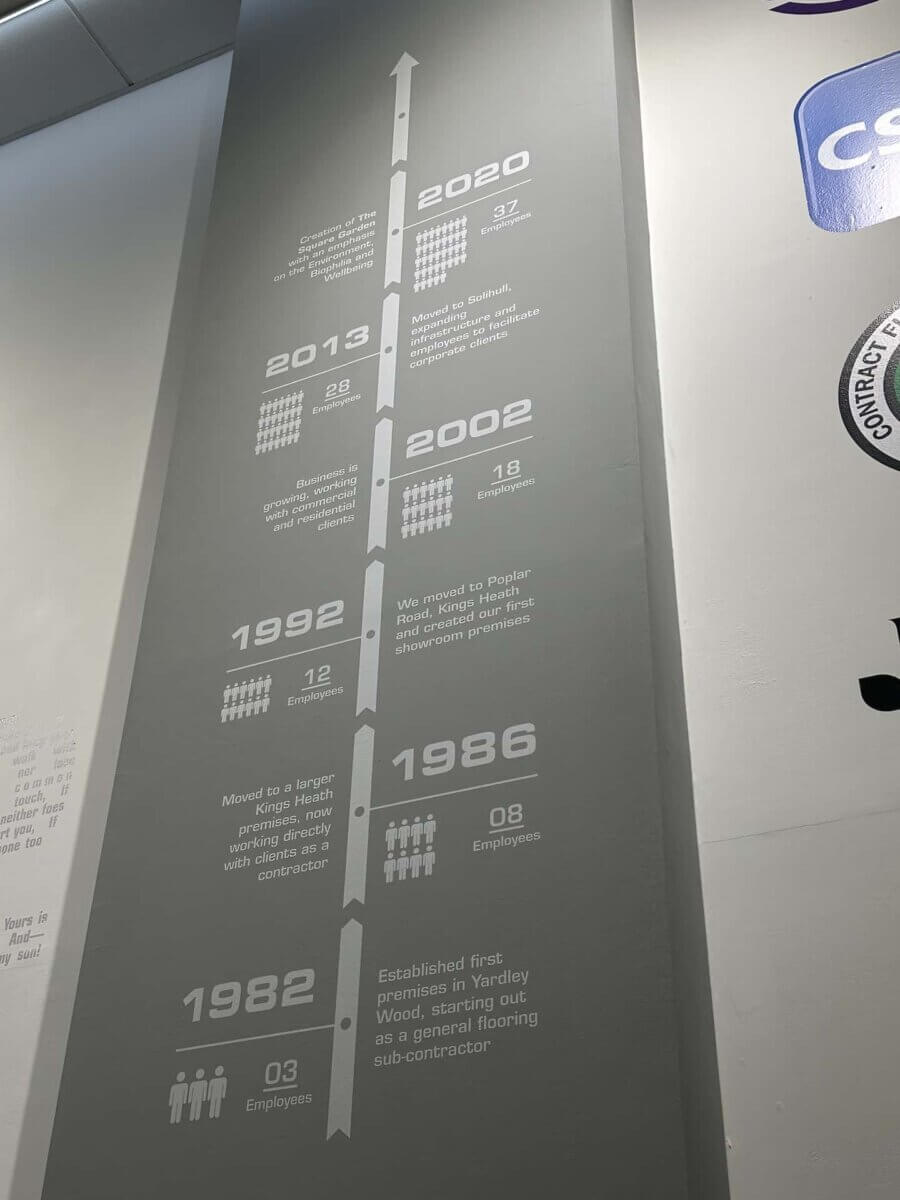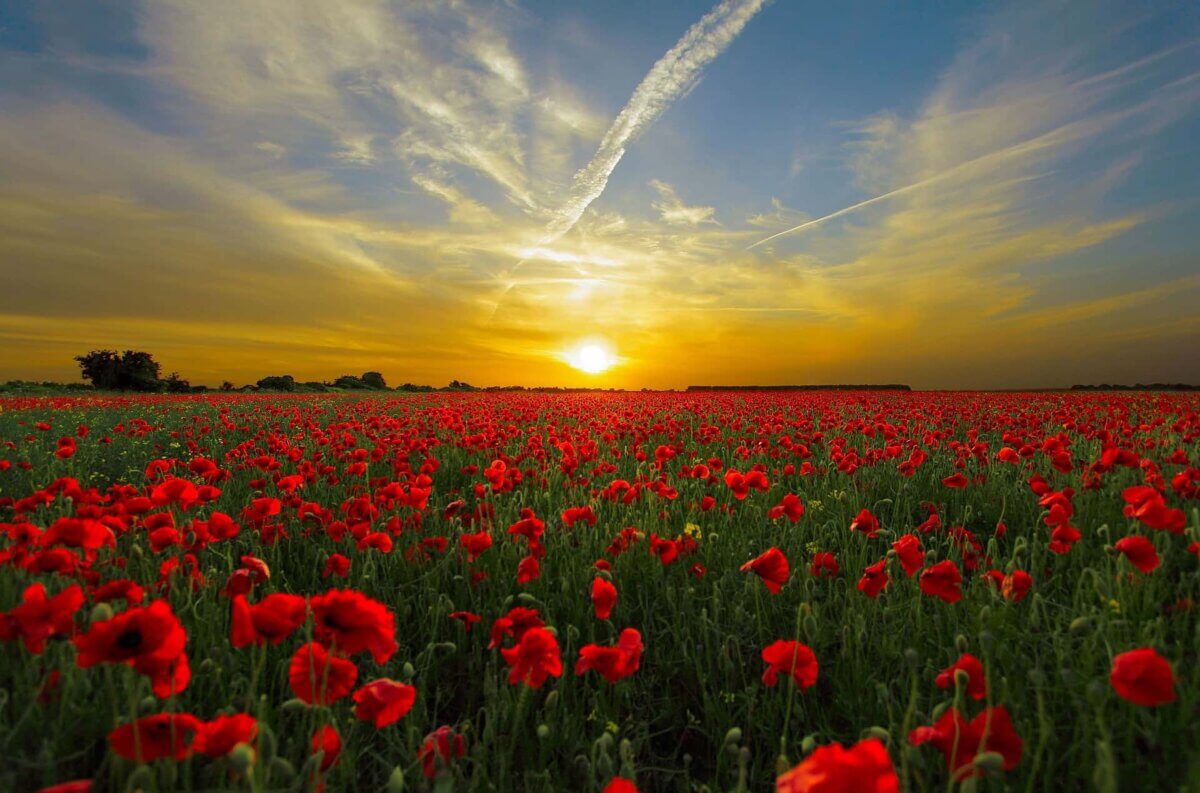Bees & More
May 20th signifies World Bee Day, a day where we recognise the underappreciated efforts of some of the smallest creatures. Although titled ‘Bee Day,’ it also highlights some of the lesser-known pollinators out there who we rely so much upon.
Types Of Pollinators
First and foremost, what exactly is pollination? Basically, it’s the process that allows plants to reproduce. It happens when the pollen grain from the male part of the flower (the anther) are sent across to the female part (the stigma). This doesn’t just happen naturally though on the plants part. It requires something to transfer the pollen across. This is where the pollinators come into play.
The most recognisable pollinators are those of the honeybee, rightfully so as well. They are responsible for 80% of all pollination worldwide, and a single colony can reach 300 million flowers per day. Some of the other insects who help the pollination process include butterflies, moths, wasps and bats (as bats are nocturnal, they pollinate flowers that only bloom at night).
Why They’re So Important
Although very difficult to quantify, it’s estimated that across Europe, over 80% of crops are pollinated by insects. Fruits such as apples, pears and berries are completely reliant on insects like the bee for reproduction. On top of this, they improve the quality of crops like sunflowers, peppers and tomatoes.
The interesting thing about this whole process is that bees and flowers have evolved to benefit each other. Obviously crops need bees in order to reproduce and survive as a species. However, bees need flowers just as much as they require nectar to make honey. So, flowers have evolved to make them stand out to bees; hence the bright colours which indicate to these insects that they’re plentiful of nectar. Vice versa, bees have adapted as well by developing ‘pollen sacs’ which allows them to transport pollen from one plant to another. Evidently, they both rely on this partnership to survive.
In the EU, 78% of wildflowers and 84% of crops depend on pollinating insects, although wildflower population has declined by 97% post Industrial Revolution. This decline in wildflowers is part of the problem which is facing bees now.
What Can Be Done
One way to help is simply planting. The restoration of wildflowers even throughout cities can have a double impact. One by taking the strain off our bees trying to find suitable flowers to pollinate, but also bringing ourselves closer to nature.
Developing upon Agricultural techniques is a must if we are to both save the pollinators and feed our own ever-growing population. Organic farming is by no means a new concept as it has been ongoing throughout human history. By avoiding the use of pesticides, biodiversity can thrive without the worry of ingesting harmful toxins.
Declining Population
Although the honeybee population seems to be on the rise, mainly due to the work of beekeepers and protection, it’s not the case for other species. Across Europe, 9% of bee species are threatened with extinction to our knowledge. However, the state of play on around 50% aren’t known, so this figure may be even higher. Whilst in the USA, the number of bee colonies per hectare has decreased by 90% in the last 60 years.
So, what’s causing this loss? There’s no one right answer to this I’m afraid as multiple factors are contributing. Climate change, pesticides, habitat destruction, air pollution and lack of nutrition are just a few of the problems facing our pollinators. The impact of humans has been responsible for at least two of these, pesticides and habitat destruction.
Pesticides as we know them today have evolved themselves over time, mainly down to issues related to that period. As one issue goes away, another usually comes and replaces it. The modern-day pesticide of interest is the neonicotinoid. Used mainly to deter pests from harming crops by farmers, they can have a fatal impact on bees.
The pesticide attacks the bee’s nervous system, those that don’t die suffer from issues with their learning and memory (required for navigating).
As mentioned, 97% of wildflower populations have declined. This is mainly attributed to both Agriculture and urbanisation. Throughout the winter bees hibernate in their hives. In order to survive, they need to produce enough honey to feed the entire colony. The loss of these flowers has meant a significant deficit in nectar for the bees and inevitably leads to a number of them dying off by the time Spring comes around.








